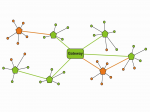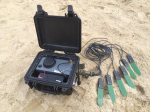Wireless Sensor Networks and Systems
Ecosystems are often characterized by their high heterogeneity, complexity and dynamic. Hence, single-point measurements are often insufficient for their complete representation. The application of wireless sensor networks in terrestrial and aquatic environmental systems offer significant benefits as a better consideration to the local test conditions due to the simple adjustment of sensor distribution, sensor types and sample rate. Another advantage of this moblie wireless ad-hoc sensor networks (MANET) is their self-organizing behavior, resulting in a major reduction in installation and operation costs and time. In addition, individual point measurements with a sensor are significantly improved by measuring at several points continuously.
The communication standard of these devices is IEEE 802.15.4 with a 6LoWPAN protocol and offers bidirectional communication as well as a database connection. Single sensor nodes running microcontroller supported with a TinyOS operation system, whereas the gateway is operating with a Linux embedded system, using a Field Programmable Gate Array. The transmission frequency can be adapted, according to the application.
Recent Applications
Stationary Networks for Environmental Monitoring
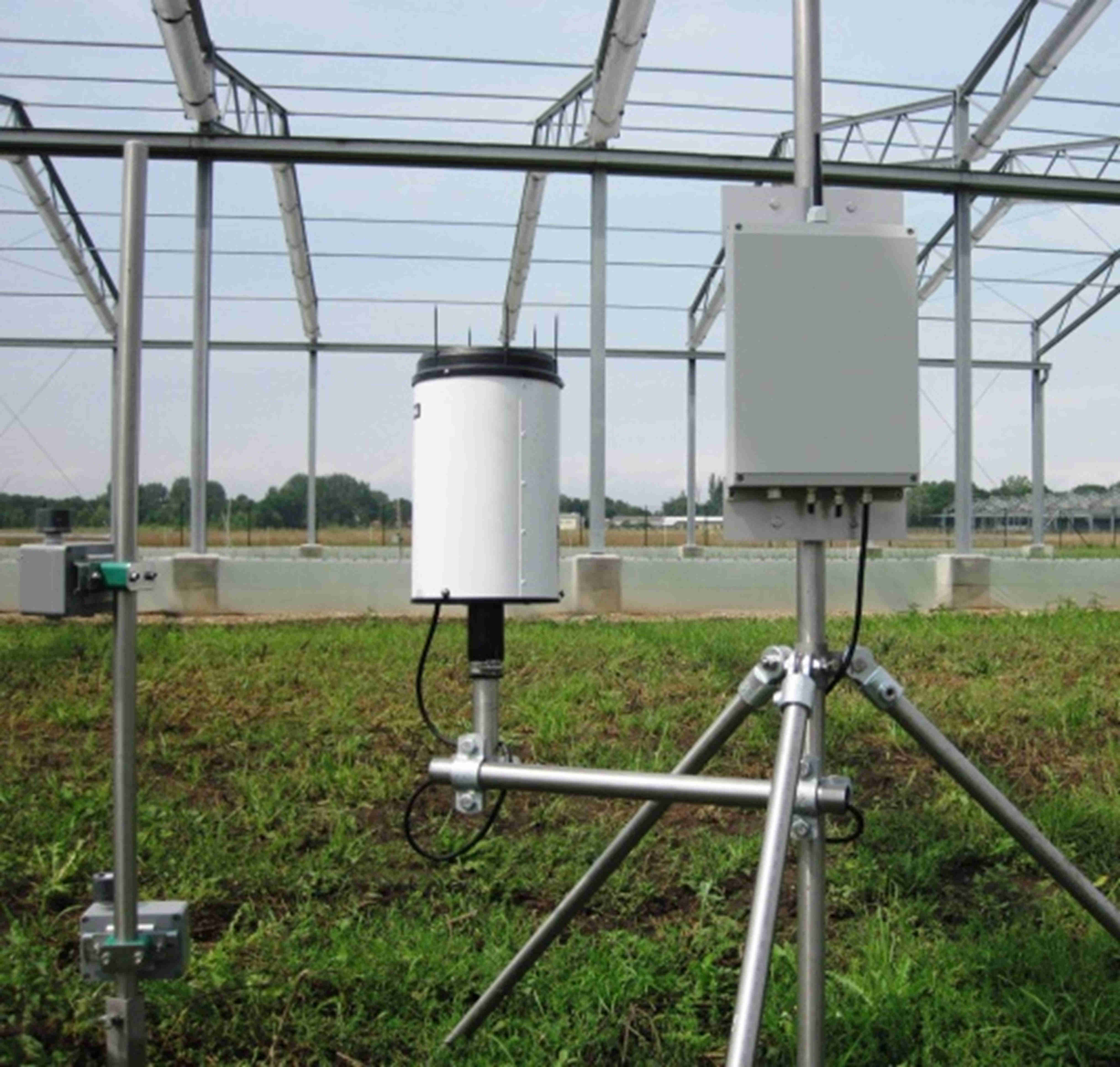
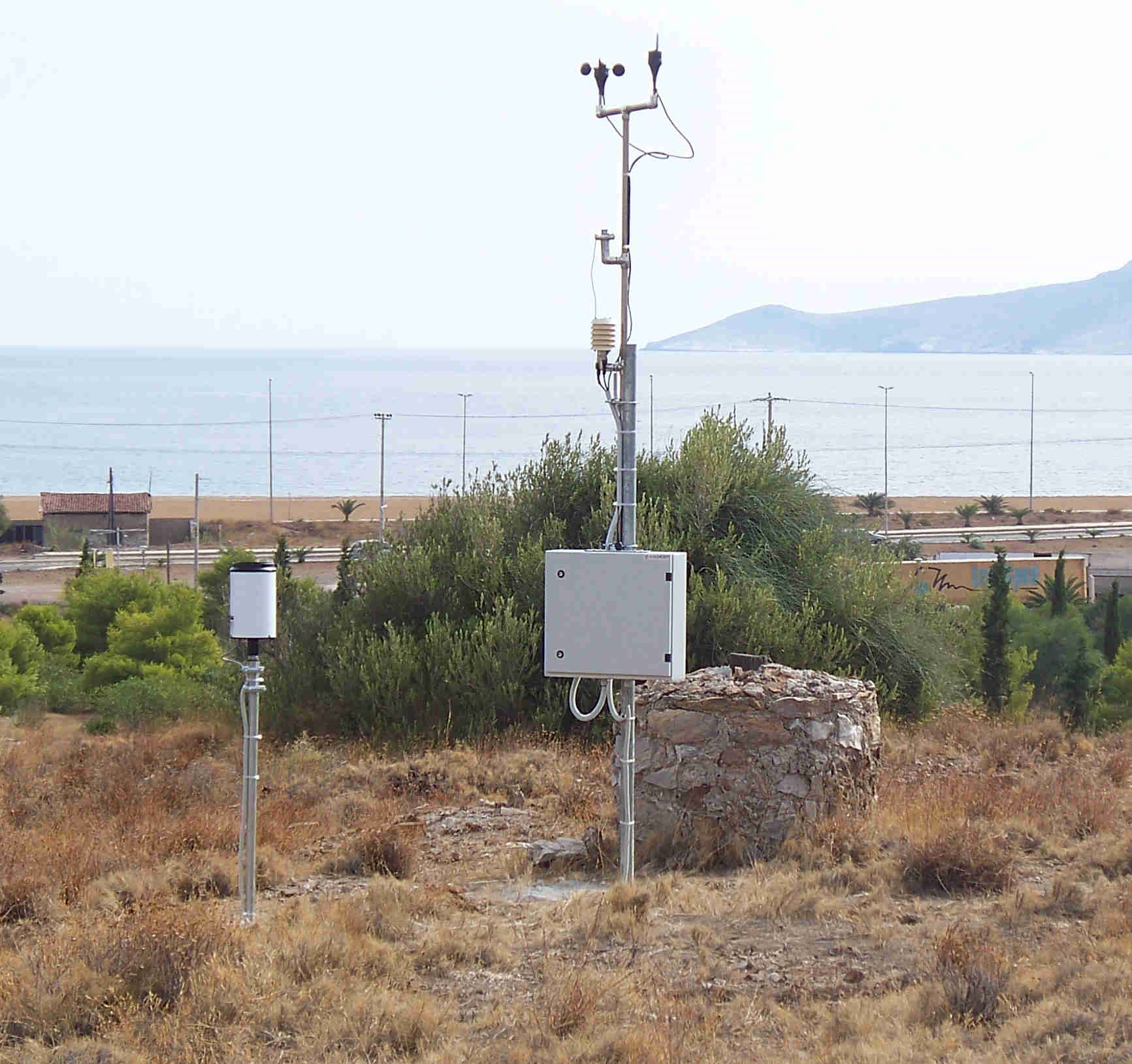
Long-term Land Use and Climate Change Monitoring:
Mankind benefit from intact, functioning ecosystems that provides an array of free services. If one or more of these services disappear, extreme changes will occure in the life of everyone. Therefore, research is being conducted on how climate change, land-use change, invasive species, and pollutants will have an impact on species assemblages and indispensible ecological functions and the consequences thereof (
IP Emerging Ecosystems
).
This network shows a realization of a monitoring concept for long-term ecosystem research of micrometeorology and soil parameters for the interaction of biotic and abiotic processes. These analyses are part of the Global Change Experimental Facility (
GCEF
) a large field-based experimental platform to assess the effects of climate change on ecosystem functions and processes under different land-use scenarios.
Hydrological Monitoring:
The project Demonstrating Managed Aquifer Recharge as a Solution to Water Scarcity and Drought (
MARSOL
) primarily concerned about the challenge of managing water resources and quality under conditions of increasing scarcity (
IP Water Scarcity
) in southern europe and the mediterranean region. Our group works in this project in the Activity Line 3 "Integration and Impact" in workpackage "Investigation and Monitoring Techniques". For this there was implemented a static wireless sensor network in
Lavrion
(greece) to measure mainly important meteorological parameter and the ground water level at different measuring points. The processed data is transmitted to a
data platform
which was developed specifically for this project. Here the data is published and availible for future processing and visualization.
Mobile Networks for Event-oriented Surveys
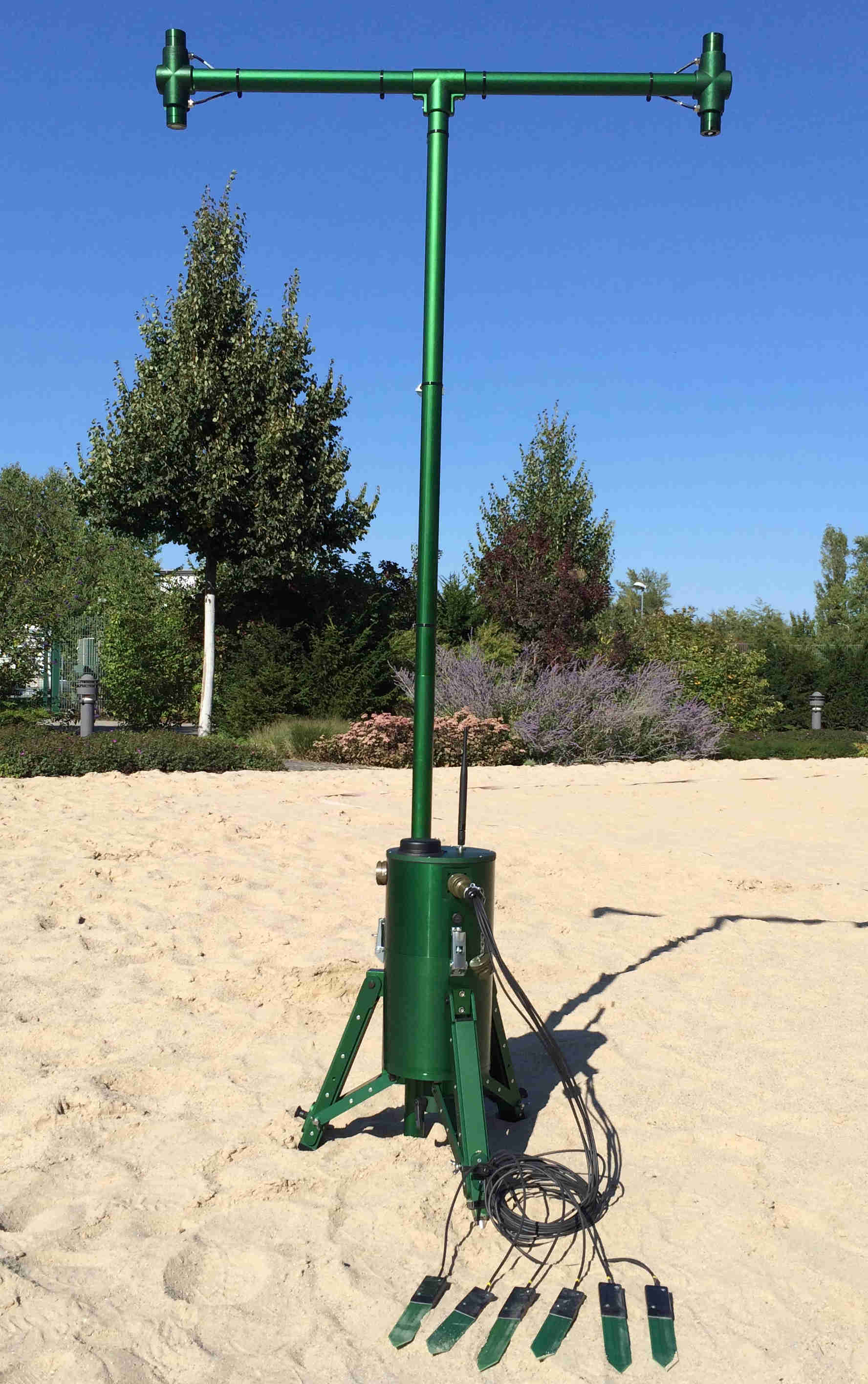
The application of mobile wireless sensor networks for soil and atmosphere sensing offers significant benefits, due to the simple adjustment of the sensor distribution, the sensor types and the sample rate (e.g. by using optimization approaches or event triggering modes) to the local test conditions. This can be essential for the monitoring of heterogeneous and dynamic environmental systems and processes. Therfore, this platform offers a suitable tool for the
validation and calibration
of remote sensing data. One significant advantage in the application of mobile ad-hoc wireless sensor networks is their self-organizing behavior. Thus, the network autonomously initializes and optimizes itself. Due to the localization via satellite a major reduction in installation and operation costs and time is generated. All housings of the existing network components possess at least the International Protection Standard 67. This ensures weather resitance and robustness even under extreme climate conditions.
The mobile network follows a multi parameter recording approach. A common mobile node can comprise certain soil moisture and temperature sensors as well as air temperature and humidity sensors and radiation sensors for photosynthetic active radiation and specific wavlengths. In addition, wind speed and direction or electrical resistivity tomography sensors are implemented features. Therefore, this system is a promising tool for advanced soil sensing and soil-atmosphere event monitoring (
IP Catchment Dynamics
). Moreover, the network easy and efficent facilitates profound investigations of biotic and abiotic processes and interactions (
IP Emerging Ecosystems
).
Smartphone-based Urban Environmental Monitoring
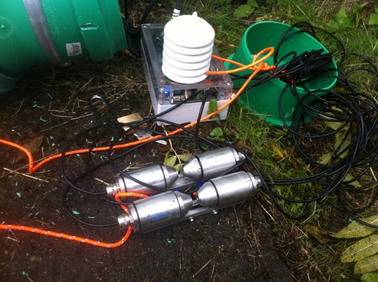
In cooperation with the University of Leipzig, our project aims the development of new strategies for mobile data acquisition and real-time processing of user-specific environmental data, based on a holistic and integrated process. To this end, the concept of our monitoring system covers the data collection, data processing and data integration as well as the data provision within one infrastructure. The whole monitoring system consists of mobile sensor devices, a smart phone app and a web service for data processing, data provision and data visualization. The smart phone app allows the configuration of the mobile sensor device and provides some built-in functions such as data visualization or data transmission via e-mail.
Advanced Sensor System Development
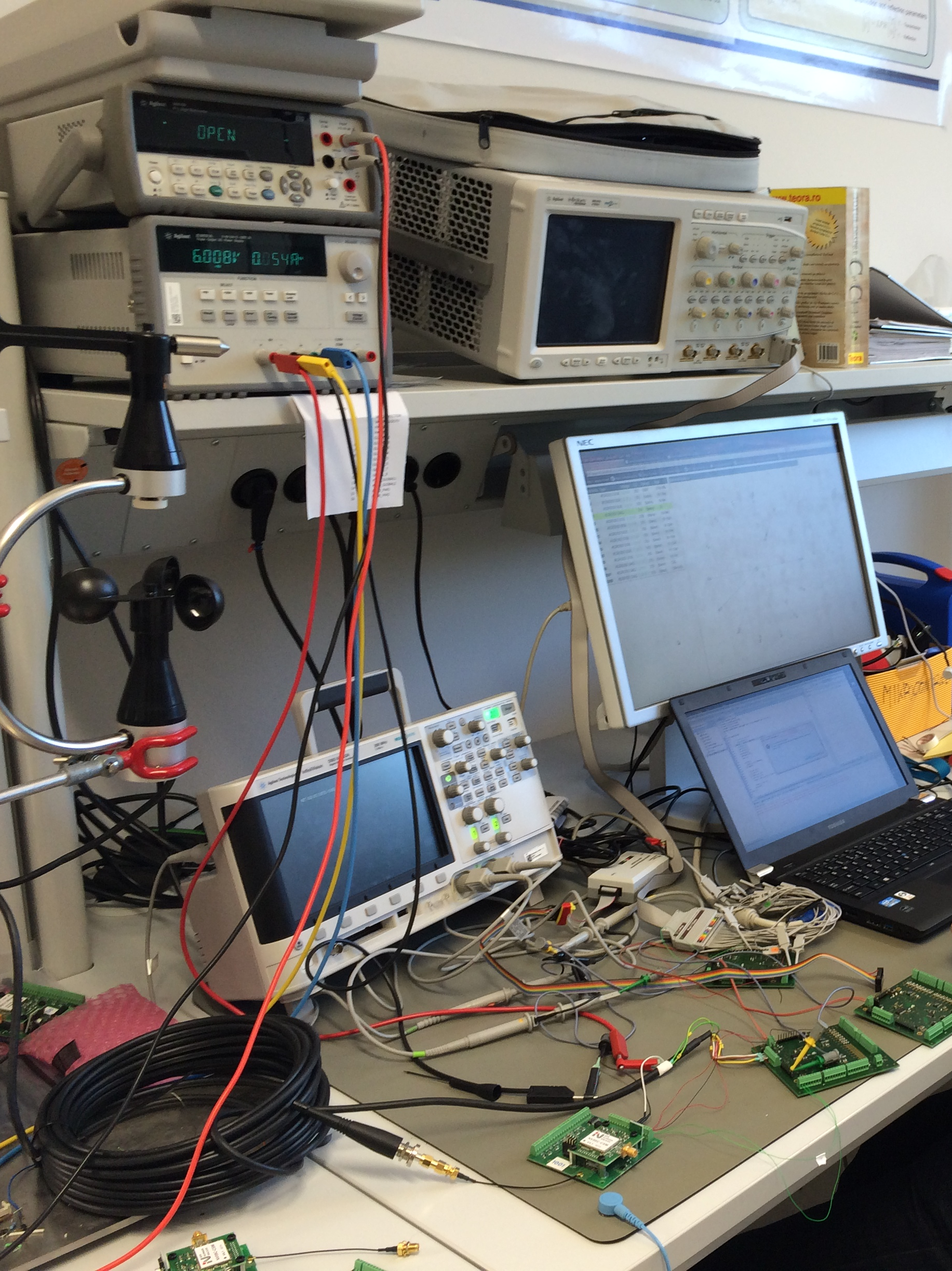
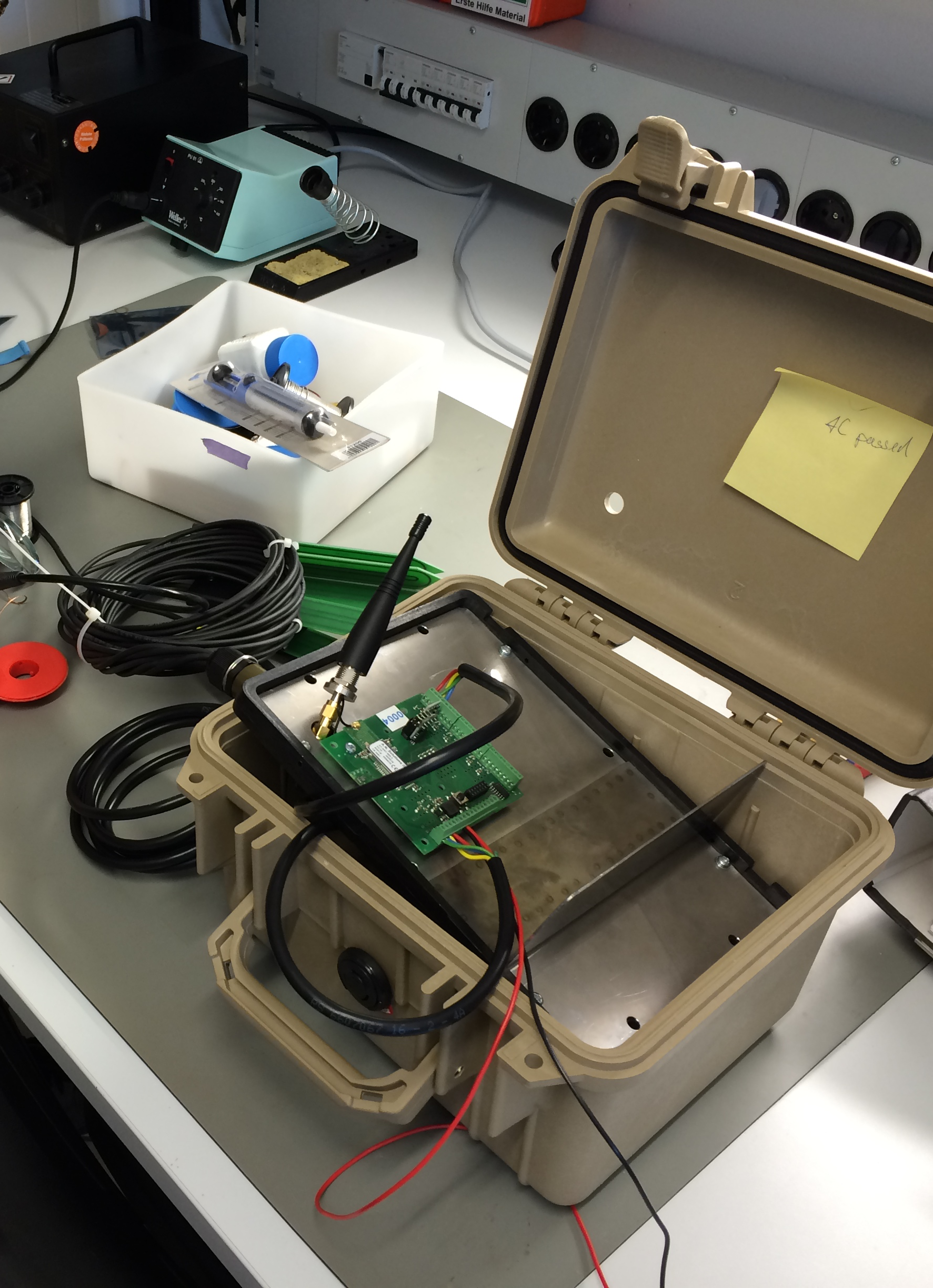
Future aims of the running projects containing the improvement of the existing systems as well as the implementation of inovative sensors and techniques.
Scopes for wireless sensor network enhancements are:
- time synchronization of the sensor nodes in the submilliseconds range for the detection of high frequency processes
- energy harvesting modes and wake up functions for operating time and data optimisation
- reducing sensor and nodes costs according to economical aspects
- improving the outdoor capability, transmittance range and miniaturisation for a better network handling
Recent developments and research in the projects are:
- implementation of new sensors: minispectrometers, ph, dissolved organic compounds and oxigen sensors (in cooperation with Observatory Rappbode )
- energy harvesting modes and wake up functions for operating time and data optimisation
- implementation of scatter models for scaling radiation sensor data
- data fusion algorythms according to derive specific plant parameters
- stand alone systems for inaccessible areas (in cooperation with the UFZ Oak research group )

